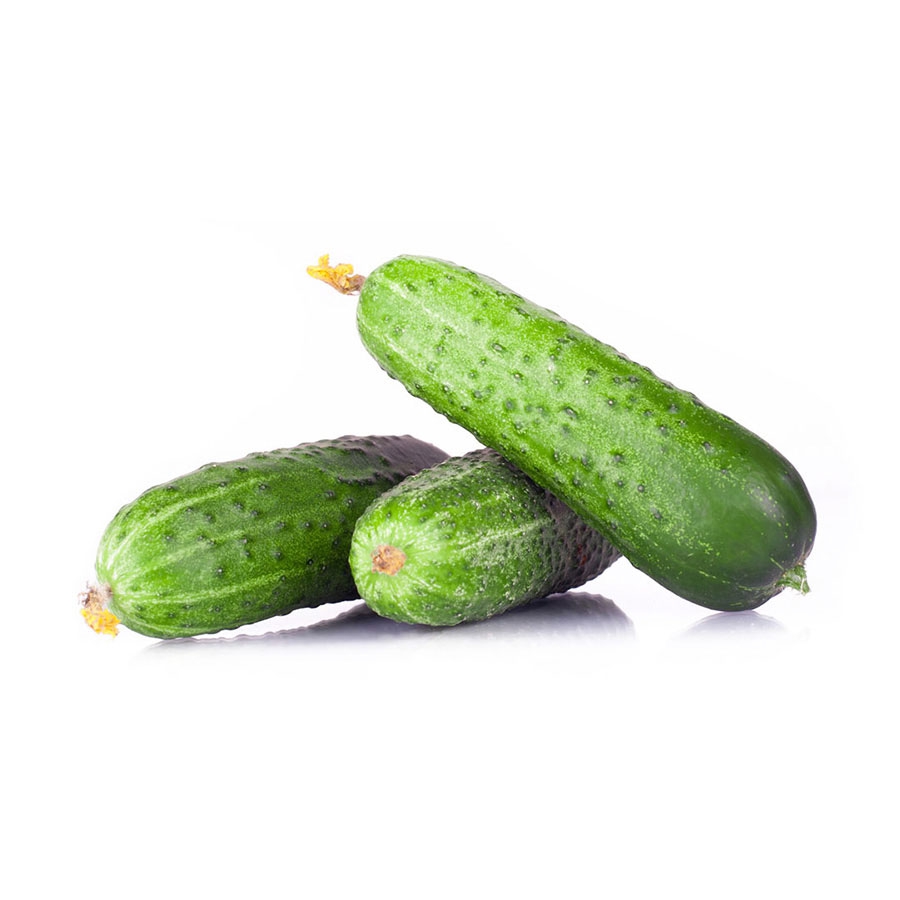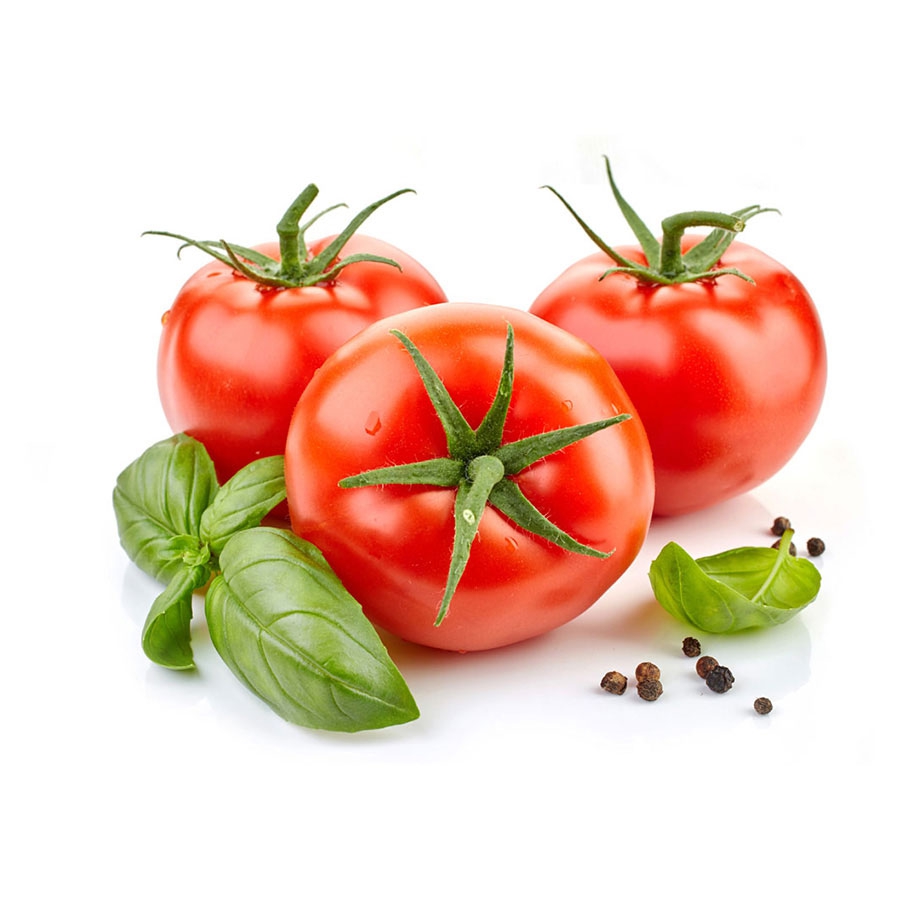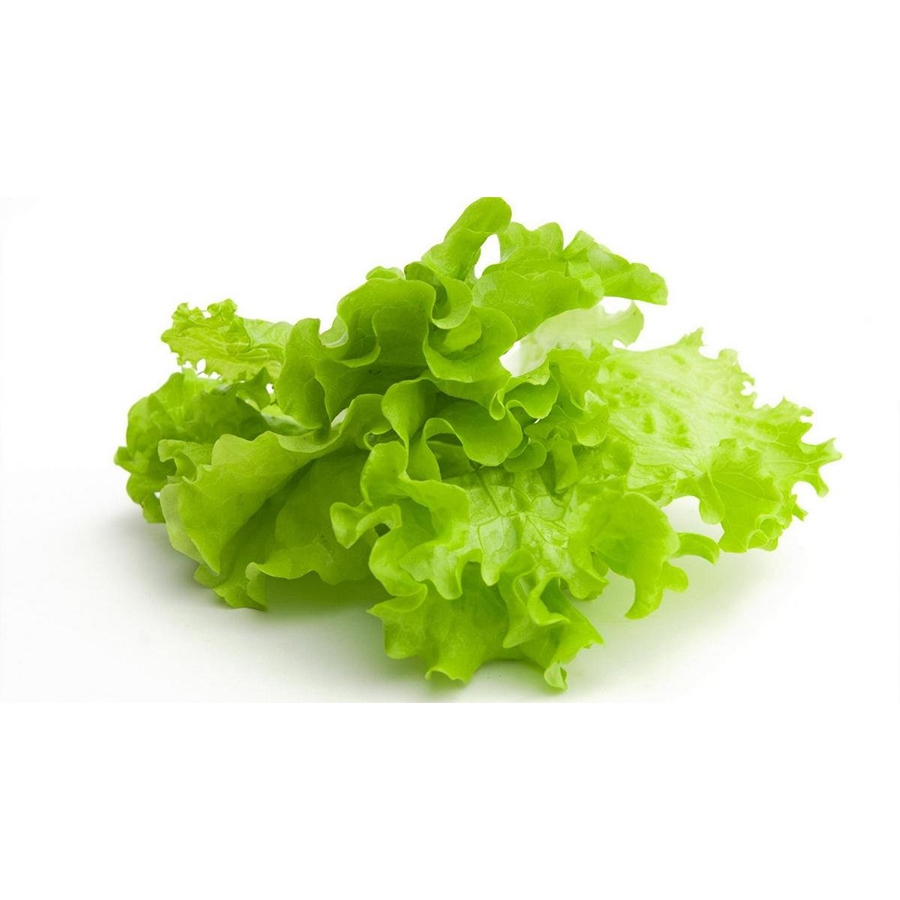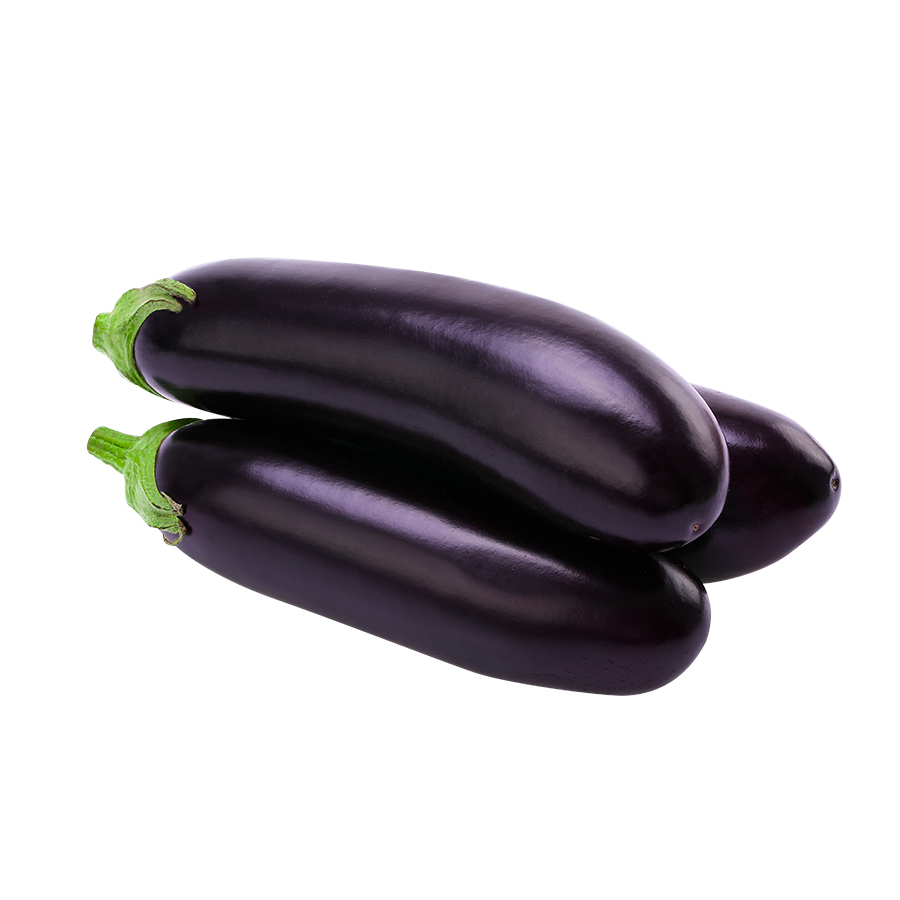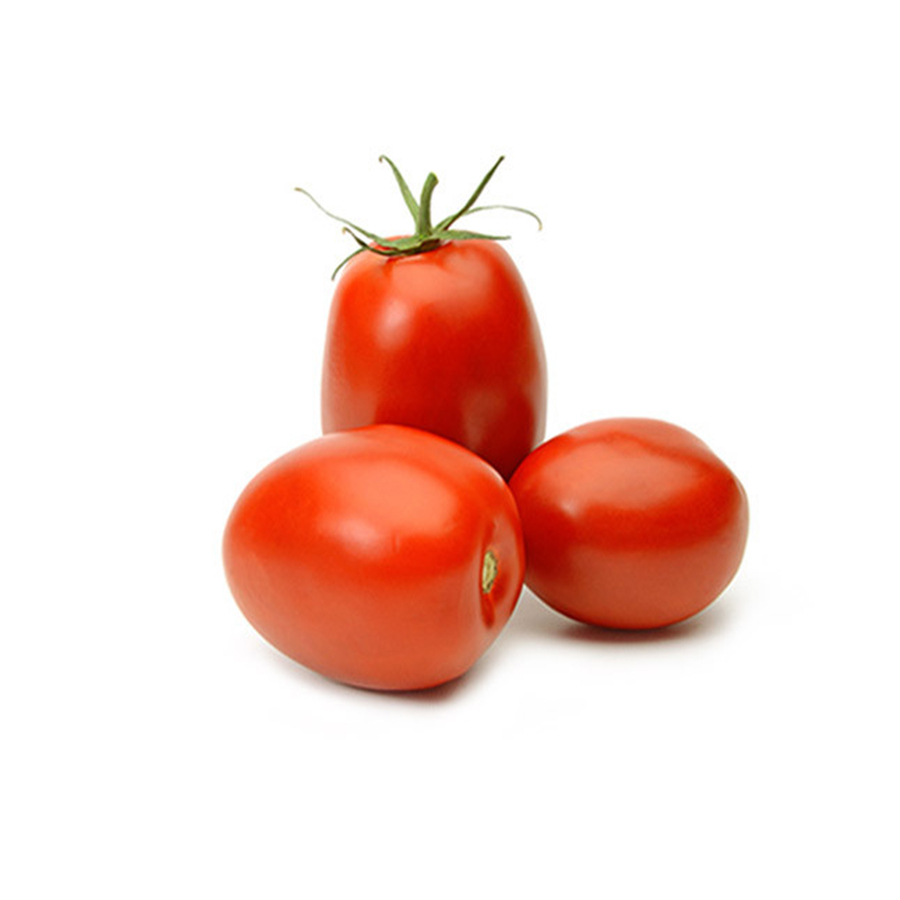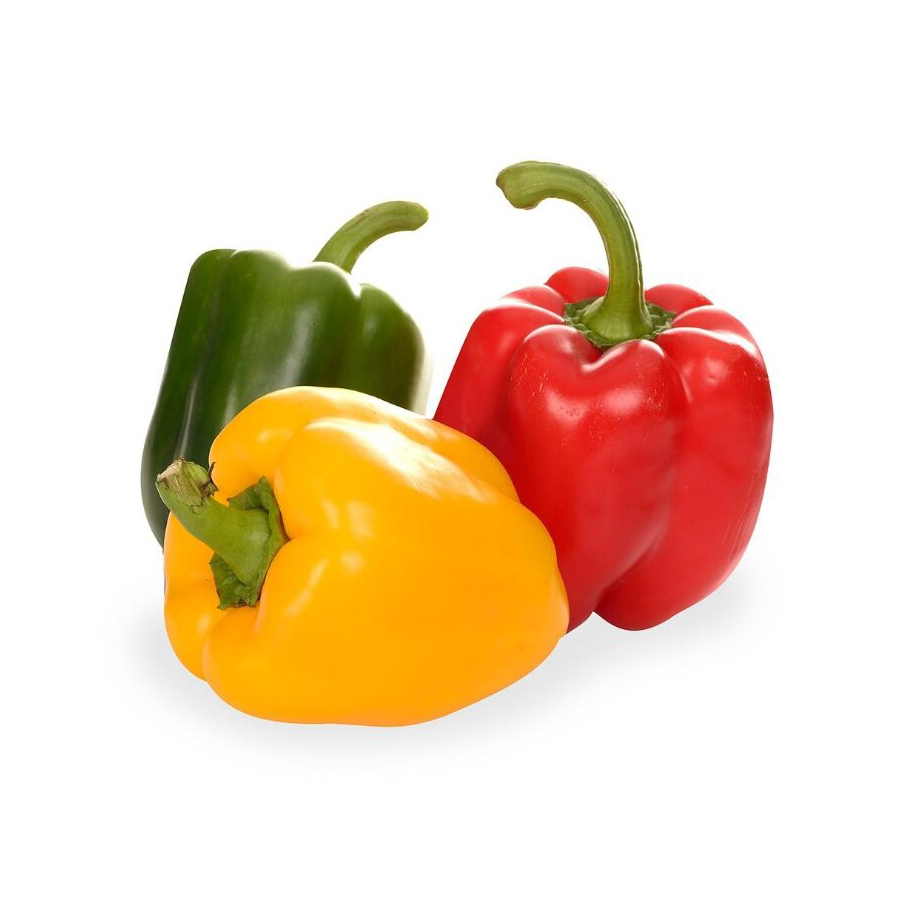The greenhouse industry has come a long way from plastic greenhouses to modern innovative technological structures. The first generation is plastic primitive greenhouses, designed to harvest the spring-summer period.
The second generation is hangar glass greenhouses year-round use with water heating. They are characterized by high energy consumption, lack of automation and, as a result, low productivity. Third generation greenhouses are block greenhouses, year-round greenhouses with water heating and large areas under one roof. It is quite difficult for them to maintain an optimal microclimate throughout the entire area of the greenhouse.
The fourth-generation modern greenhouses are high Venlo type greenhouses with double side glazing, advanced technologies controlled by microcontrollers. The disadvantages include the inability to optimally control the microclimate in the spring-summer period.
In 2006, fifth-generation greenhouses appeared that have significant advantages - these are innovative semi-closed greenhouses built using ultra-climate technology. The difference between these greenhouses and all the others, in the presence of special zones of ultra-climate, which serve to create the optimal microclimate in the greenhouse. In the fourth-generation greenhouses, excess heat from the heating pipes rises up through the glazing of the greenhouse, as well as through the air vents on the roof, as is the heat from the lighting lamps. In fifth-generation greenhouses, heat rising upward is drawn by fans into the ultra-climate zone and is fed back through the plastic sleeves to heat the greenhouse.
\In the zone of the ultra-climate there is a valve in its highest position, it completely blocks the air supply from the greenhouse and gives access to street air. Air filters purify the air and prevent pests from entering the greenhouse. During the summer period, at high street air temperature, water is supplied to the diabetic panel and the air passing through the non-street panel is cooled and moistened. Carbon dioxide is supplied from the boiler room through the pipe to the ultra-climate zone; an ideal balanced air mixture of the required temperature and humidity is obtained, which is fed into the greenhouse to the plants. Unlike fourth-generation greenhouses, where a large number of vents are used for cooling, in fifth-generation greenhouses, vents only serve to reduce pressure in the greenhouse. And their small number allows saving heat and not obscure the plant. In the lowermost position, the valve completely blocks access for street air and air enters the ultra-climate zone from the greenhouse.
This is characteristic of the cold season, due to this, significant savings in energy resources for heating are achieved. Lighting lamps convert 90% of the consumed electricity into heat, which in ordinary greenhouses do not participate in heating, as it immediately exits through the glazing of the greenhouse. In the fifth-generation greenhouses, heat from the lamps enters the heating through the ultra-climate zone. In the ultra-climate zone, there are heaters which, if necessary, additionally heat the air, fed into the greenhouse, it is also worth noting that the valve can be in an intermediate position, allowing to mix warm air from the greenhouse and fresh air from the street, which is especially important in the spring. Thus, fifth-generation greenhouses with ultra-climate technology provide undeniable advantages and can significantly increase productivity while reducing energy consumption. This is truly a revolution in the world of greenhouses.
